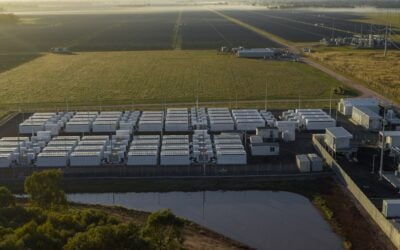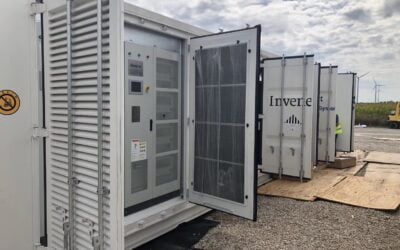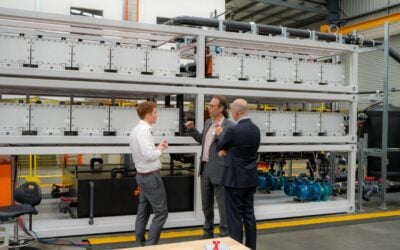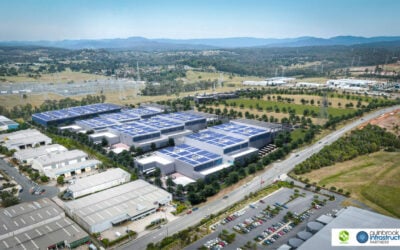Representatives of battery and energy storage companies including AES Corporation and FIAMM believe the priority for the nascent energy storage industry should be to standardise technologies, along with developing a regulatory framework that recognises the value of storage.
Julian Nebreda, president of EMEA strategic business unit at energy provider AES and Nicola Cosciani, chief executive officer of Italian battery maker FIAMM, were among the speakers on the first full day of the Energy Storage World Forum, taking place in London this week. Both said during separate sessions that standardising technologies would provide a growing energy storage mainstream with the opportunity to attain economies of scale, as well as giving storage providers the chance to be competitive in a range of possible markets.
Enjoy 12 months of exclusive analysis
- Regular insight and analysis of the industry’s biggest developments
- In-depth interviews with the industry’s leading figures
- Annual digital subscription to the PV Tech Power journal
- Discounts on Solar Media’s portfolio of events, in-person and virtual
Or continue reading this article for free
Nebreda explained that in addition to standardising technologies, the industry should desire a "standardised mainstream", reasoning that in a regulated energy market in which storage was properly recognised, "energy storage can provide many traditional power sector jobs". AES focuses on grid-scale energy storage technologies, with around 1000MW in development to be added to its existing capacity. Nebreda referred to an AES project in West Virginia which stores electricity from a wind farm at large scale that is already able to compete in the ancillary services market.
Nicola Cosciani of FIAMM claimed in his presentation that in order to attract business in energy storage, companies had to be local, to adapt to each market and often to the needs of each system. Under these conditions, global strategy is difficult for a company to formulate. Cosciani said that standardisation of technologies and regulation are essential in any successful industry.
In the morning's final session, British economist Lord Layard reiterated a recent call for an international collaborative effort on energy storage akin to the Apollo space missions, a proposal he and former UK chief scientific advisor Sir David King are currently working on. Layard said the proposal was launched out of frustration at a lack of action on climate change. Although pencilled in to also speak yesterday, David King was unable to attend the event.
Layard said that although subsidies were effective in encouraging the supply of renewable energy, research and development subsidies are also required. He quoted a total of €48 billion in subsidies paid out by EU countries for renewable energy while estimating that less than 1% that amount had been spent to date on research and development of energy storage by EU governments.
Layard went on to explain that in the consumer electronics space around 5% of sales goes back into research and development, while in the energy industry, research and development spending is equivalent to only about 2% of sales. According to Layard therefore, if the free market is not willing to provide it, the shortfall must be made up by public money, proposing that each major country in the world take part and put around 0.2% of annual GDP towards the collective effort. Layard added that the 0.2% requirement could be built up to over time rather than aimed for from the outset of any proposed programme.
Others speaking on the first day included Philipe Cassagne, chief technology officer of GDF Suez who spoke about future business models for storage, referring to his previous experiences as both a technical officer and business developer. Robert Gaylen of Chinese company ATL, which manufactures batteries and storage products at a range of scales discussed various case studies of storage the company had deployed.
Gaylen's presentation included references to an ATL facility with a rooftop PV plant feeding into electric buses used to ferry company employees around the local area. He said ATL was in negotiation with a large Chinese bus company over providing similar systems for its fleet.






